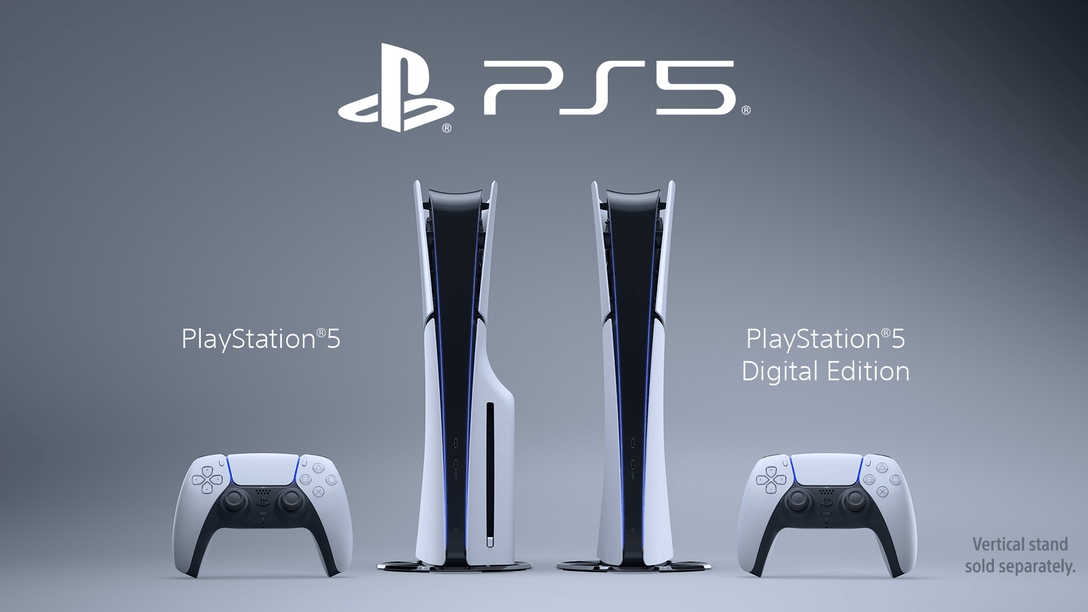
How Studio Chyr built a grand hotel players can explore from their living room.
When Hotel Infinity releases on PlayStation VR2 November 13, players will be able to traverse expansive halls and ballrooms with their own two feet from the comfort of their living rooms. We want to take this opportunity to pull back the curtain on how we created this experience and share some of the unique design lessons we learned along the way.
When we set out to make Hotel Infinity, our top focus was to make the movement in VR feel as natural as possible. Instead of using teleportation or joystick-based movement, players explore the world by actually walking through it. Building on what we learned from making Manifold Garden, we used impossible geometry to twist space and make a small area feel vast. The result is an experience where you can physically move through the game’s environments without breaking immersion.
The illusion of enormous environments
From the start, our biggest challenge was making players forget they were standing in a 2m by 2m (6 ft 7 in. by 6 ft 7 in.) space in their living room. VR can make you truly feel like you’re in a different place, but only if you maintain the illusion. Every corridor and room in Hotel Infinity had to look expansive while subtly signalling where the player can and cannot walk in order to keep them from tripping over furniture.
Sticking to a grid
Hotel Infinity uses portals to create the experience of walking through impossible architecture. To make these interconnected areas appear seamless, we built the environment on a standardized 3×3 grid so portals are perfectly aligned. In the video below, you can see how the player experiences walking down a hallway, opening a window, and proceeding out onto the ledge that traces a path through this grid in the real-world space.
Designing for comfort in roomscale VR
Roomscale VR is physical, so pacing needs to account for both movement and comfort. Puzzles play an incredibly important role in the game’s pacing, as not only do they create variety in gameplay, they allow the player to rest in between exploration segments. We also learned that minimizing repeated turns in the same direction helped reduce dizziness and prevented the cable from getting tangled. These limitations ensured the spaces in the game took on a serpentine structure that made it even more immersive.
Putting it all together
There was no shortage of unique challenges that presented themselves as part of designing an exploration-focused roomscale VR game. However, for every problem we had to solve, the solution came with a new way to experience VR. Once we had all of our design principles and tools in place, we could easily create the spaces where players can solve a puzzle, see a door open from across a giant lobby, and walk through it by taking a dozen steps around their living room.
We’re thrilled to get the opportunity to share some of the lessons that we’ve learned while making this game. We hope you get the chance to explore the spaces we made on your own when Hotel Infinity launches on PS VR2 on November 13.












Comments are closed.
3 Comments
Loading More Comments